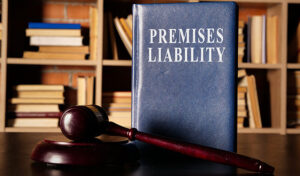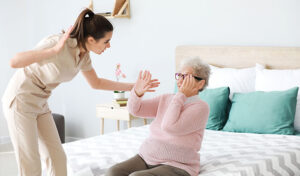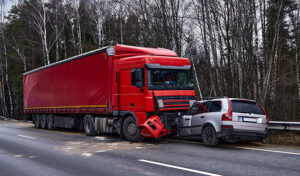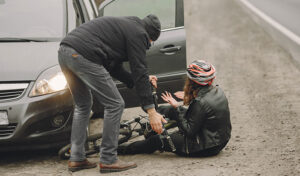
Premises Liability Settlements: The Process Explained
Premises liability applies to homeowners, business owners, landlords, and tenants alike, although it has various applications in each setting. Laws protect you from unlawful injury due to someone else’s negligence,


